Search results for: “john rogers”
-

Implanted sensors predict heart failure events
Penn State’s John Boehmer used Boston Scientific’s HeartLogic sensors (retrofitted in already implanted devices) to track heart failure in a study of 900 patients. The goal was continuous monitoring and early event detection and prevention. Currently, heart failure is (not very successfully) managed by monitoring weight and reported symptoms. One in five patients are readmitted within 30…
-
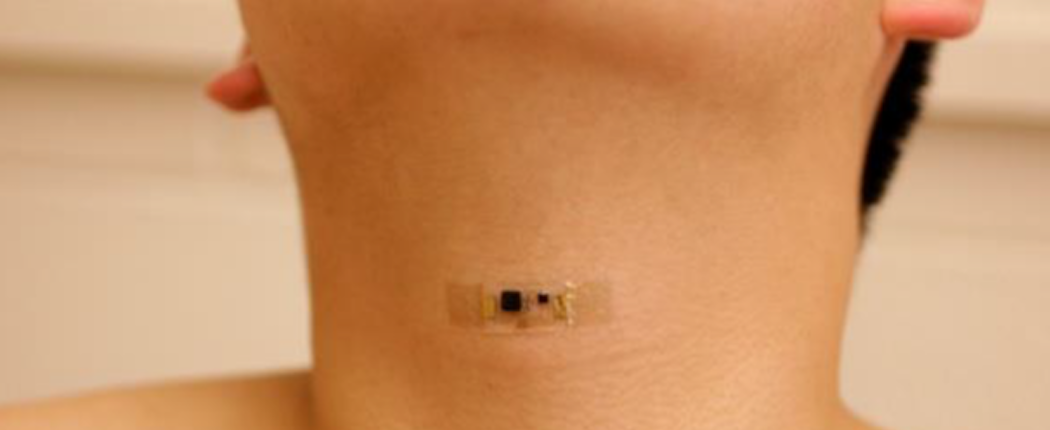
Tiny sensor monitors the heart, recognizes speech, enables human-machine interfaces
Northwestern professor John Rogers has released a paper detailing his latest tiny, wearable, flexible, highly accurate health sensor, which monitors the heart, recognizes speech, and can enable human-machine interfaces. Professor Yonggang Huang is the corresponding author. The soft, continuous monitor adheres to any part of the body, detecting mechanical waves that propagate through tissues and fluids…
-

Implanted device enables slow, but more reliable, brain-driven typing
UMC Utrecht professor Nick Ramsey has developed an implantable brain computer interface that allowed a locked-in ALS patient to (very slowly) translate her thoughts into text. Until recently, the patient used eye tracking to spell words on a computer screen, as many ALS patients do. However, as 1/3 of patients lose the ability to control their eyes,…
-

Voice analysis as a diagnostic tool
Beyond Verbal recently used its emotion-detecting voice analysis app in an attempt to predict coronary artery disease in 150 study participants, 120 of whom had presented for angiography. The company claims to have identified 13 voice features associated with CAD – and one associated with a 19-fold increase in its likelihood. The researchers said that…
-

Science, not walls.
Reactionary politics must not deter our focus. On the future. On science. On technology. On healthcare. On progress. On our shared humanity. It is my honor to gather the brilliant, for interdisciplinary exchanges about improving health, treating disease, and assisting the disabled. About enhancing life. At our Digital Health + NeuroTech conferences at Stanford and MIT. Thank you…
-

Virtual visits, digital second opinions, remote urgent care at NYC hospital system
NYP OnDemand is the system-wide telemedicine platform of NY Presbyterian Hospital, Columbia Doctors and Weill Cornell Medicine. It includes virtual visits, digital second opinions, remote access to urgent care (for non life-threatening issues), and the ability for doctors to collaborate on patient cases. Faster care and less crowded hospitals can of course improve the quality of life…
-
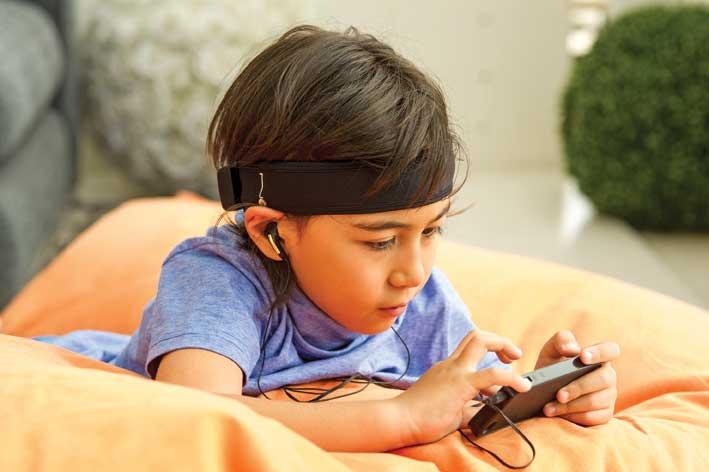
Neurofeedback to suppress delta frequencies in autism
Mente is a neurofeedback system for autistic kids that creates personalized binaural beats, to suppress excessive delta frequencies, using auditory pathways in the brain. Delta waves are typically associated with sleep and closed eyes, but autistic people experience high delta wave frequencies while awake. This could be attributed to a feeling of isolation. The company…
-

Curated, enterprise-wide, health app prescription system
Mount Sinai Health System (with 7,100 physicians) has launched RxUniverse, an enterprise wide, curated app prescription system. Included apps have have been evaluated based on published evidence, to help physicians utilize digital health solutions, with an increased level of safety. A pilot platform was launched throughout five clinical areas at Mount Sinai earlier this year. Physicians…
-
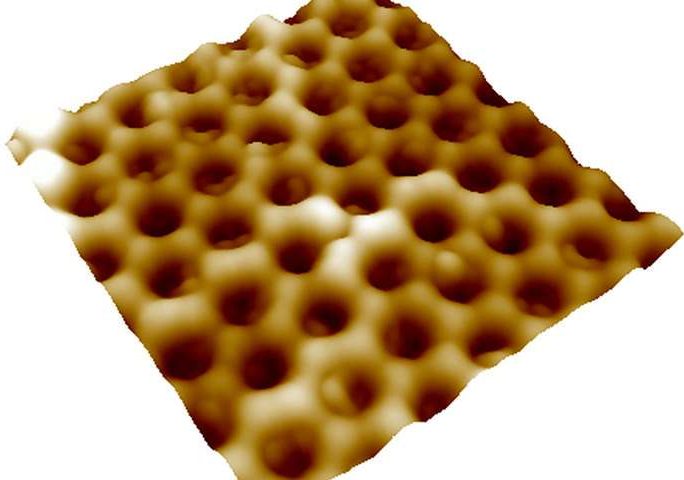
Fully transparent, glucose monitoring contact lens
Oregon State’s Greg Herman has developed a transparent sensor to monitor glucose (via tears) in a contact lens. The device could also be used to control insulin infusions, by transmitting real-time data to a pump. Similar technology has been developed by Google, although their lens is not (currently) fully transparent, and Noviosense, which requires a…
-
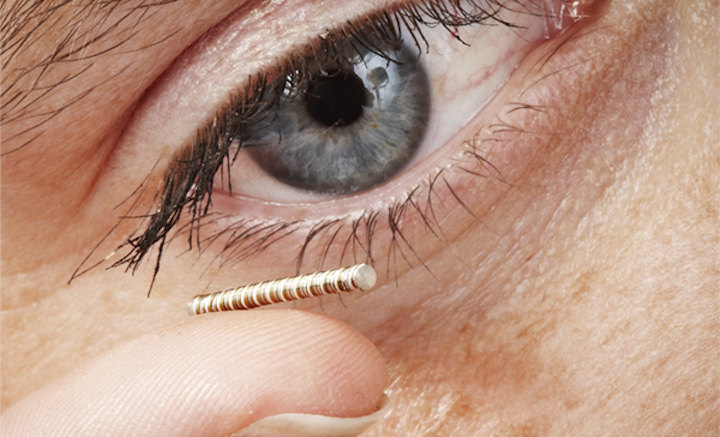
Non-invasive tear sensor continuously monitors glucose
Noviosense is a flexible sensor glucose monitor, worn in a lower eyelid. The wireless, battery-free wearable tracks glucose levels in tears, and continuously sends measurements to one’s phone. One of three electrodes is coated with an immobilized enzyme, which converts glucose into gluconic acid, leaving the co-enzyme FAD reduced to FADH. An oxygen molecule oxidizes the…
-
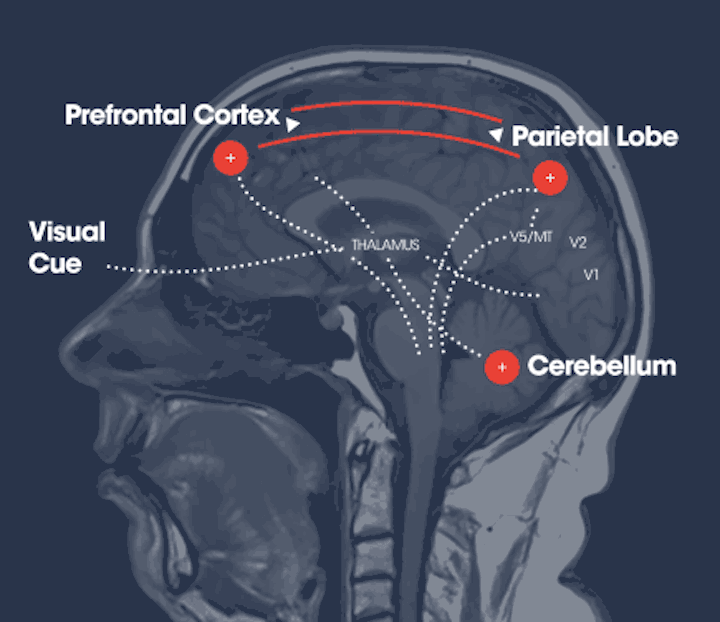
Eye tracking + VR to improve brain injury diagnosis, track recovery
Eye tracking technology, combined with VR, is proliferating, with myriad medical, gaming, and education applications. SyncThink uses eye tracking, built into an Oculus Rift, to detect if a person has the ability to keep the eyes synced with moving objects, to determine brain injury and track recovery. The company has been granted 10 patents, for eye-tracking hardware, and…
-

Optogenetics + CLARITY to understand, treat mental illness, addiction
Allen Institute President Christof Koch “likens (Professor Karl) Deisseroth to Galileo, whose early improvements of the telescope afforded a huge advance in our understanding of the cosmos.” (New Yorker profile, 2015) Professor Deissoroth will discuss his pioneering methods of understanding and treating the brain at ApplySci’s Digital Health + NeuroTech Silicon Valley conference, on February…